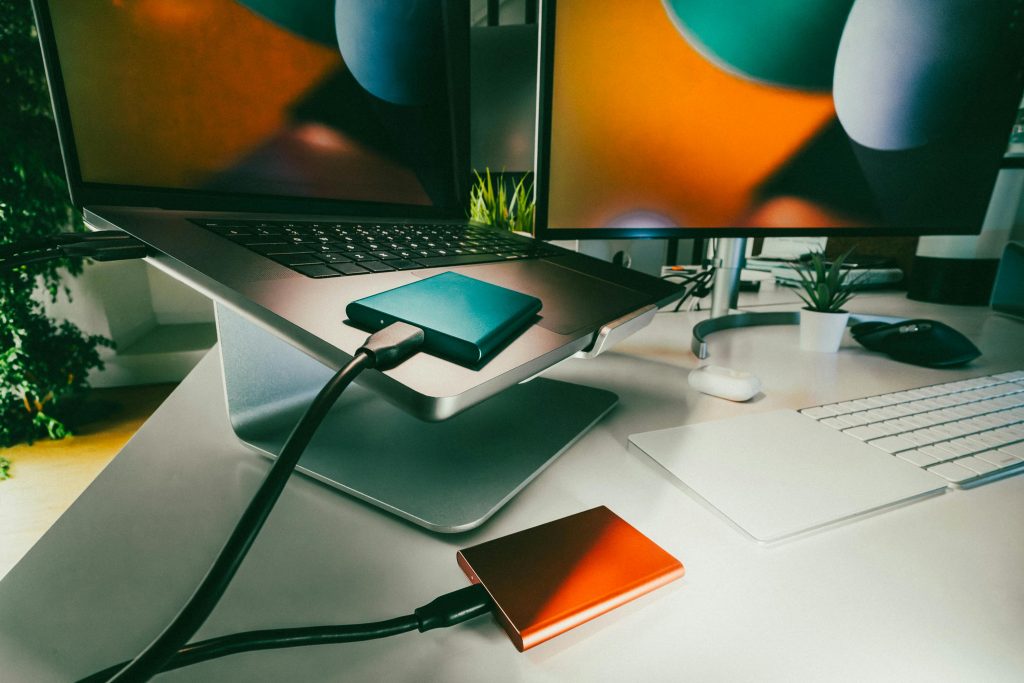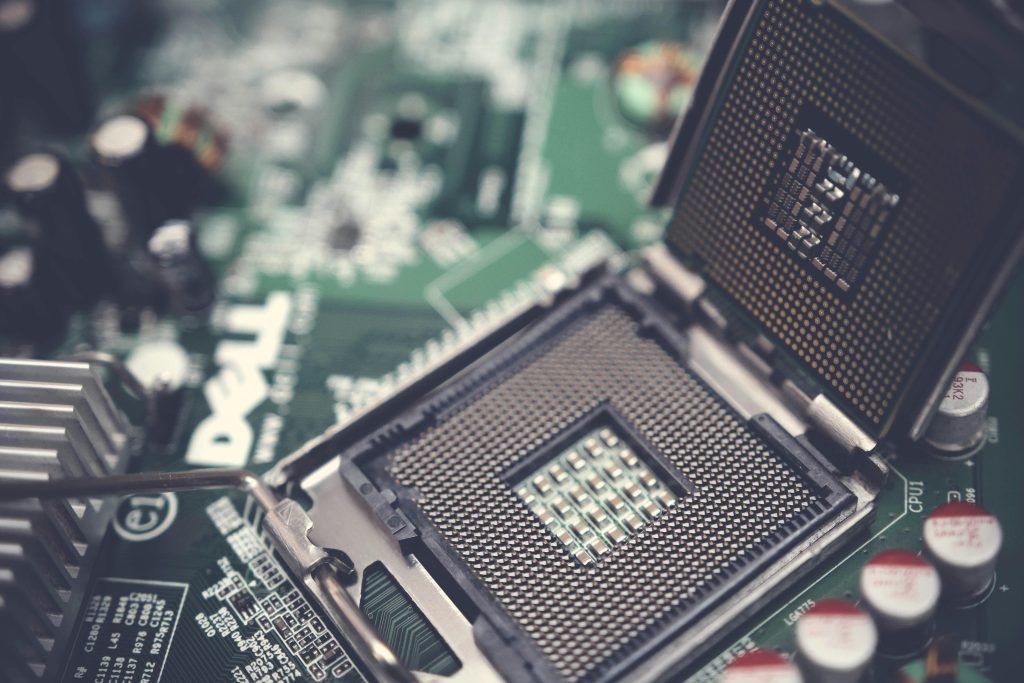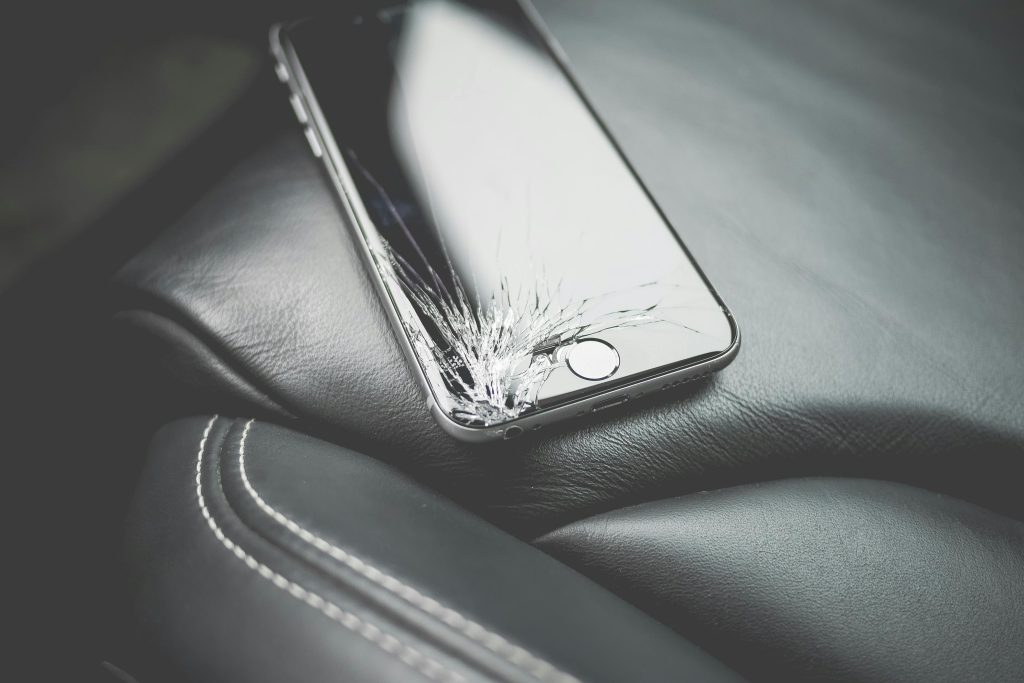Understanding Laptop Repairs: When Is a Motherboard Fault Cause for Concern?
If you’ve recently faced issues with your laptop not charging and are considering repairs, it’s natural to seek clarity on how diagnoses are determined and whether the costs are justified. A common question among users is whether a motherboard failure can truly impact charging while still allowing the device to operate normally. Let’s explore this scenario to better understand what might be happening and how to approach repair decisions.
Scenario Overview
Imagine you have a relatively recent Dell laptop that experienced a charger malfunction. To fix this, you sourced an exact replacement charger from a trusted seller, ensuring compatibility—important given Dell’s proprietary charging requirements.
Despite successfully powering the device, it refuses to charge, even though the charger functions correctly with other devices like USB-C peripherals. The laptop remains operational and usable once powered on, but the battery isn’t recharging, and over time, the battery depletes entirely.
After some months of inactivity—during which the battery becomes completely drained—the device is brought to a repair shop for assessment. The technicians diagnose the issue as a dead motherboard, proposing a repair estimate of approximately $500.
The Diagnostic Dilemma
This situation raises an important question: Can a motherboard failure prevent charging yet still allow the laptop to operate normally?
Typically, motherboard failures can lead to a range of issues, but complete operational functionality alongside charging failure is less common. Often, power or charging issues are traced to the charging port, battery, or related circuitry, rather than a full motherboard failure. Conversely, a motherboard failure usually results in more widespread functionality problems, such as boot failures, system instability, or inability to power on.
Is This Diagnosis Suspicious?
While it’s not impossible for a motherboard to be at fault, especially if there’s physical damage or component failure, the claim that the motherboard is dead solely based on charging issues may warrant some scrutiny. Given the relatively recent age of the device and the continued operation sans charging, it suggests that other components—like the charging port, charging circuitry, or battery—could be the root causes.
What Should You Do?
– Seek a Second Opinion: Before committing to a costly motherboard replacement, consider consulting a reputable third-party technician or service center for a detailed diagnosis.
– Request a Breakdown: Ask if they can pinpoint the exact fault—whether it’s the charging circuit, battery, or motherboard—to ensure you’re not overpaying for unnecessary repairs.
– **Evaluate
Share this content:



